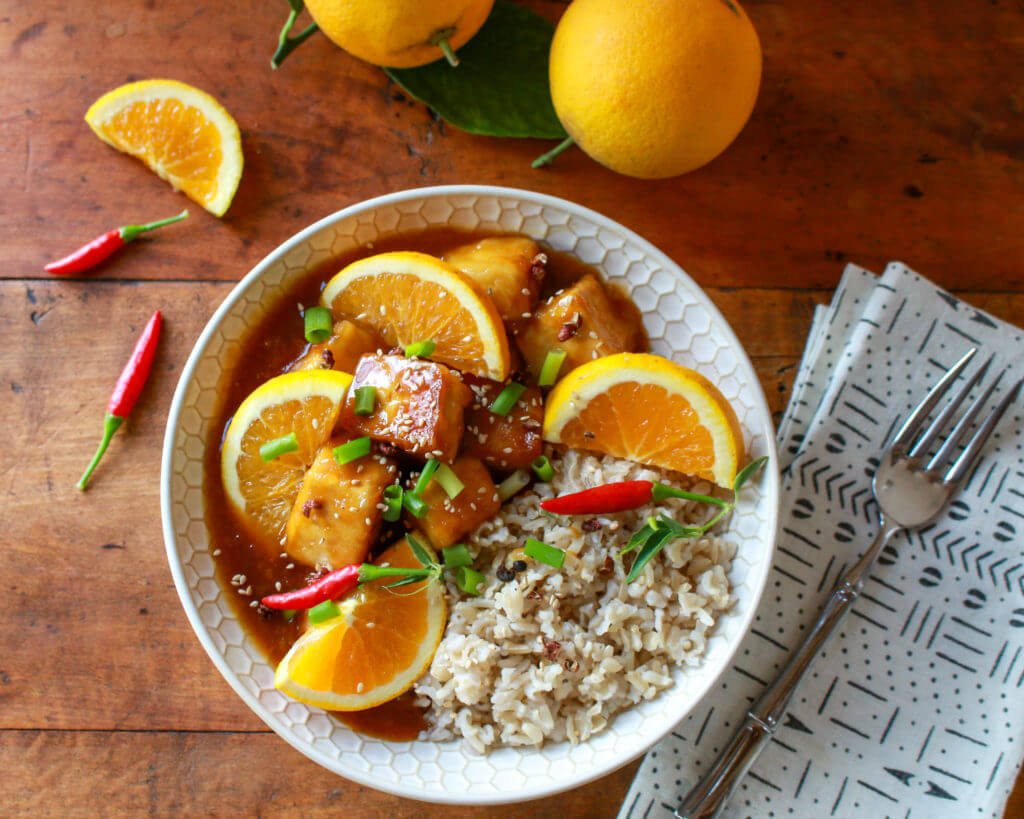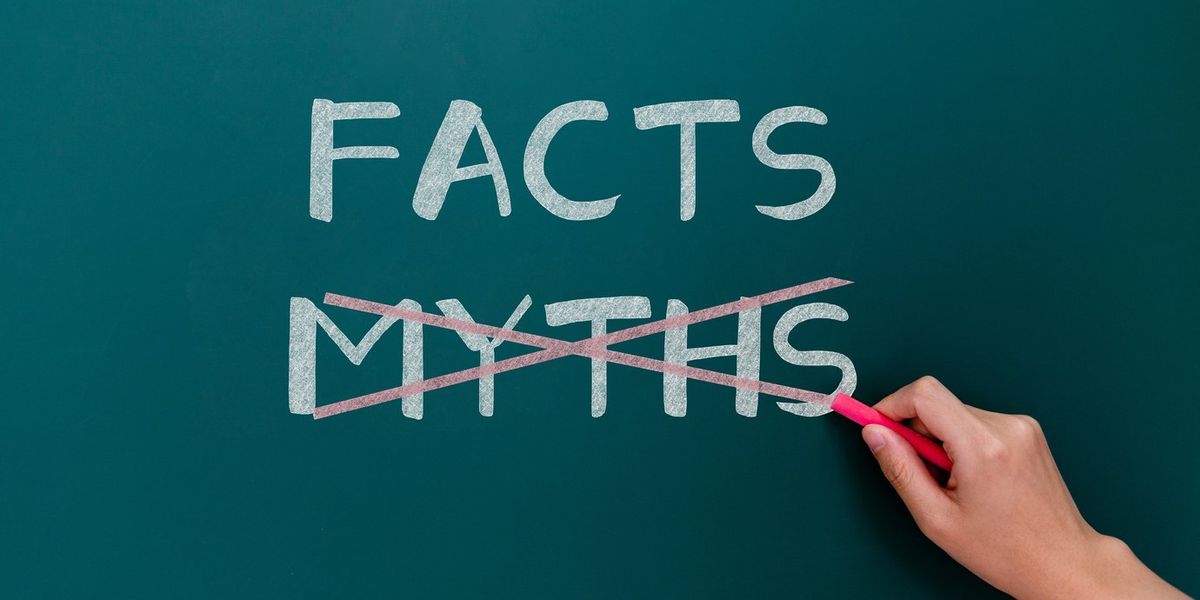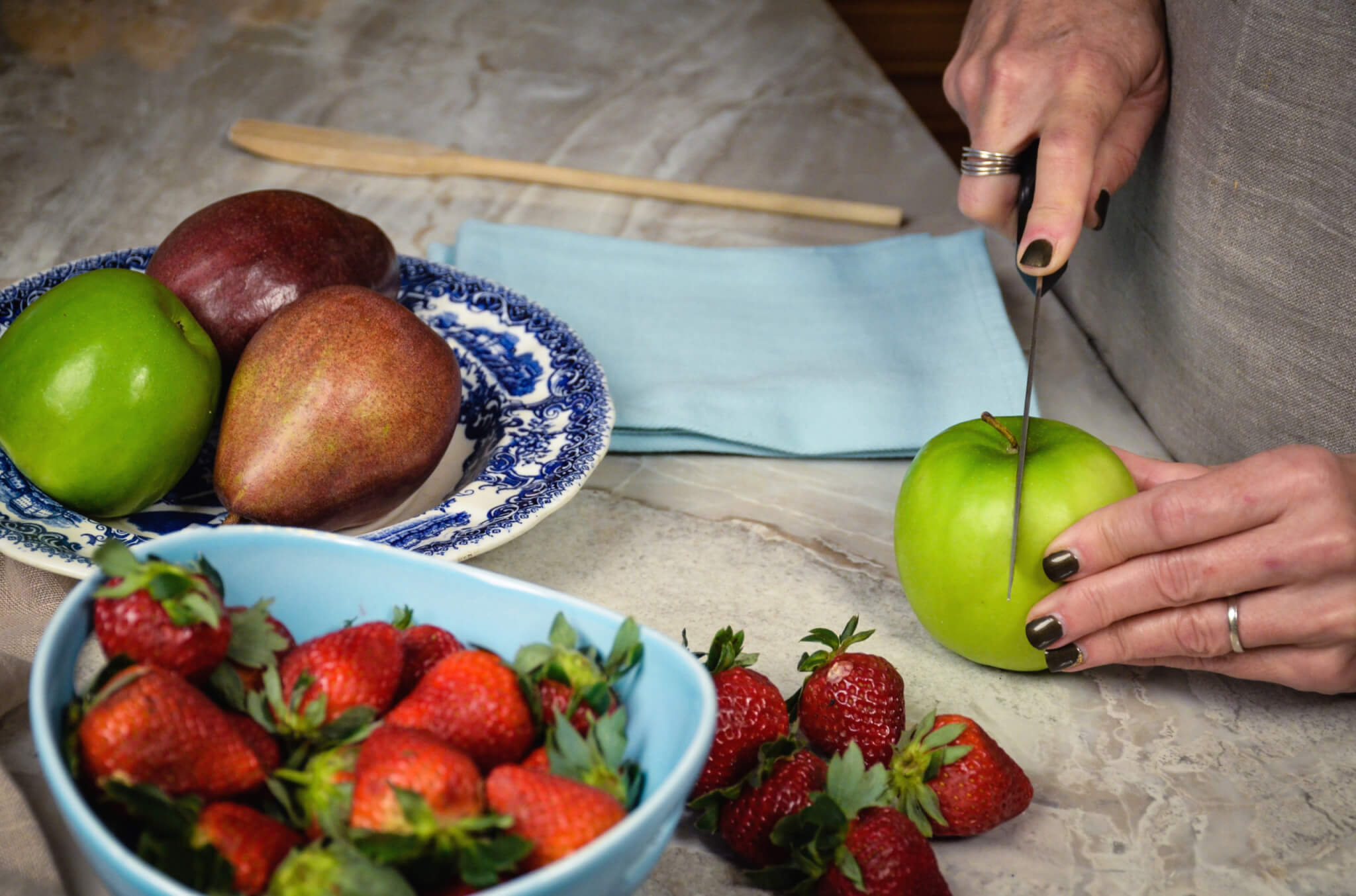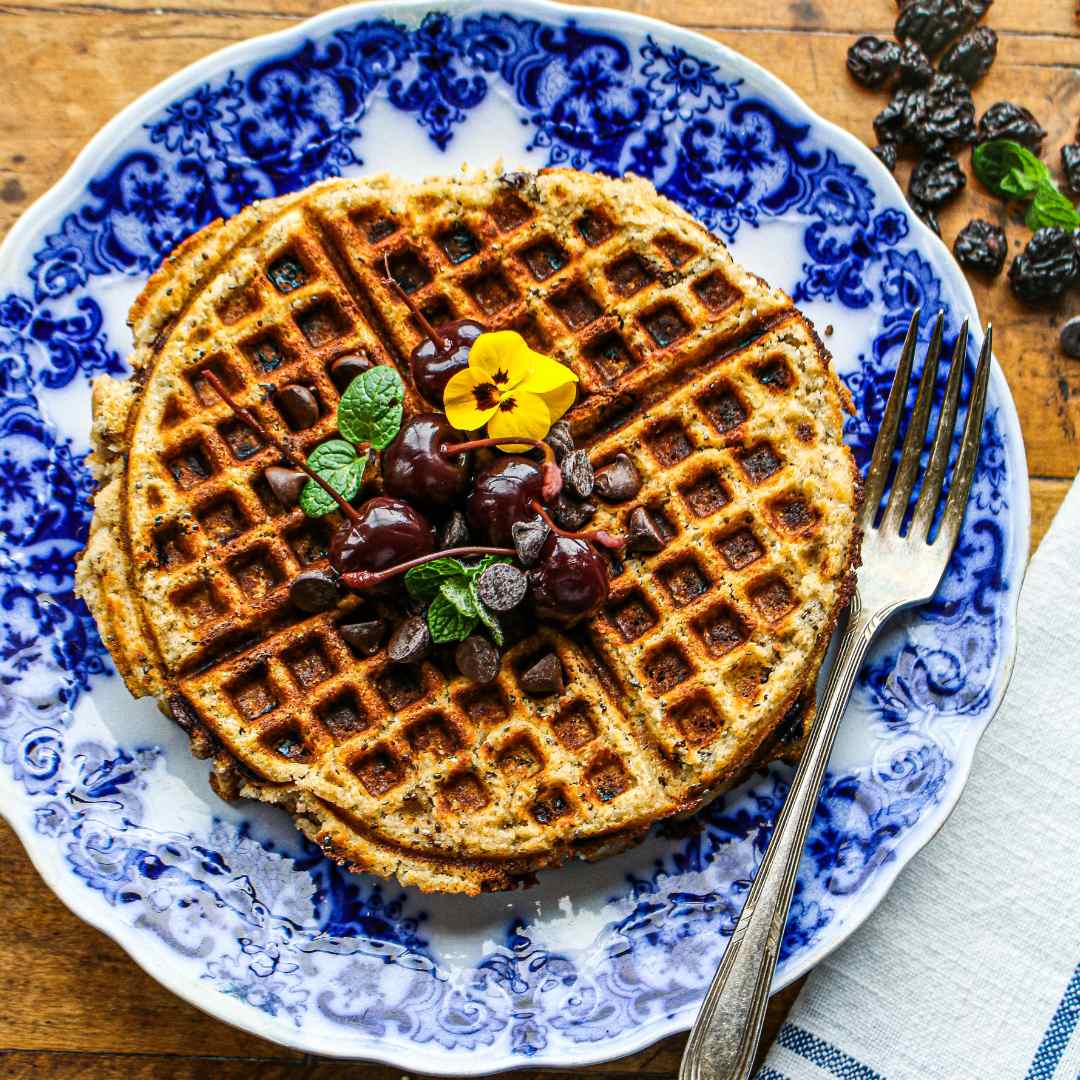I’m answering all of your questions on how to get complete protein on a plant-based, vegetarian, or vegan diet.
As a plant-based dietitian, I get asked questions all the time about getting sufficient protein on a plant-based diet, including vegetarian and vegan diets. Is tofu a complete protein? Is pea protein a complete protein? How can I get high protein vegan meals? What are high protein vegan recipes? And the questions keep rolling on!

Let’s just set the record straight, first! There are a lot of misconceptions on the issue of plant-based proteins, because many people believe that high quality protein can only be achieved through eating animal products, such as red meat, chicken, and turkey. However, this is not true! Many studies have shown that you can achieve sufficient protein intake to meet your body’s needs on a plant-based diet. The variety of protein sources derived from plants is diverse: tofu, tempeh, beans, lentils, peas, nuts, seeds–even whole grains and vegetables contain significant levels of protein, including a variety of amino acids, which are the building blocks of proteins. You may think you need a ton of protein to obtain strong muscles and bones, but we really only need 3-4 servings of protein a day, depending on certain factors, such as physical activity, body weight, and age. By consuming a variety of plant foods and balancing your plate with all of the major food groups–plant proteins (soy foods, pulses, nuts, seeds), whole grains (brown rice, quinoa, whole wheat), vegetables (greens, peppers, tomatoes), and fruits (pears, grapes, berries), you can get enough protein. Today, I’m clearing up confusions about plant-based proteins by answering your top questions about protein intake on a plant-based diet. Make sure to read my blog on plant protein quality here.

Question: Why is there so much confusion on plant protein?
Sharon’s Answer: Yes, there is so much confusion! First of all, there was this idea in the 70s that you had to “complement” plant proteins to make a “complete” protein, and that plant proteins by nature were “incomplete”. Now we know that it’s not true. All plant foods have all of the essential amino acids—the building blocks of proteins in the body—but they may fall short on the amounts of a couple of them. But the body creates a pool for amino acids, so you don’t need to balance them at each meal. You really don’t need to think about it at all, because if you eat a varied diet with lots of different plant proteins (canned beans, lentils, soy foods), whole grains, vegetables, seeds, nuts you will get a balance of these amino acids in your diet.

Question: What are incomplete proteins vs complete proteins?
Sharon’s Answer: Your body can not make all of the amino acids itself, which is why these are called essential—there are 9 essential amino acids that you must get in your diet to build protein. Many plant foods might fall short on one or two of them. One of the best plant proteins is soy, which has a good balance of all of the essential amino acids—it’s very close to the “quality” of animal protein. Though that term is falling out of favor too. You will hear people say “high quality protein” about animal proteins, and it refers to the amino acid profile of the food. But there is an emerging belief that “quality” should refer to other things, like saturated fat, cholesterol, sodium (too much is not high quality), and environmental impacts (beef has a high impact on planet), as well as things like fiber, phytochemicals (high quality nutrients found in plants).

Question: Why do incomplete proteins and complete proteins matter when it comes to a plant-based diet?
Sharon’s Answer: It is indeed important to get enough protein in the diet—it is essential for many body functions, and for healthy bones and muscle. But research shows that even on completely plant-based (vegan) diets the average person gets enough protein—men exceed their essential amino acid needs slightly, but women are hovering just under the recommended amount. We need more research on this, though. It is completely possible to get enough protein—and the amino acids needed to build proteins—but it does take a well planned diet with 3-4 servings of protein-rich food, such as soy, canned beans, dried beans and lentils, peanuts, nuts, seeds, along with plenty of whole grains and vegetables to meet those needs. If you eat a healthful diet with variety you’re fine. But if you skimp out on nutrition, or substitute these foods for junk foods, then you can fall short. There are protein scores that have been developed and used by scientists that better explain protein quality (these are quite complicated for consumers, mostly used by scientists).

Question: Are concerns about plant proteins not being complete proteins warranted?
Sharon’s Answer: I think there is more fear of this issue than is warranted. It’s rare to have a protein deficiency in this country.
Question: What plant foods are considered complete proteins?
Sharon’s Answer:
- Tofu has very high quality protein, in that it is very close to the amount found in animal foods. This can be used in almost any recipe that uses chopped cooked meat, such as casseroles, stir-fries, soups.
- Soymilk has very high quality protein, with a similar amount to animal foods. It can be used instead of dairy milk in cereals, smoothies, coffee, and baking.
- Legumes (peanuts, beans and lentils) are also high in quality too. Use canned beans in salads, soups, and stews; use peanut butter on toast, and lentils in curries and stews.
- Quinoa is a grain, but it also has a good balance of amino acids. Use it as a replacement for rice in any recipe or as a side.
Try these recipes that contain good sources of plant-based protein:
- Spicy Sesame Grilled Tofu
- Orange-Peanut Tempeh with Brown Rice
- Spicy Lentil Tacos
- Chipotle Black Bean Burger
Read these resources on protein on a plant-based diet:
- Combining a Grain with a Plant Protein for High Quality Meals
- How to Get Plant Protein
- Top 5 Plant-Based Protein Hacks
Check out the other nutrition questions I’m answering at The Plant-Powered Dietitian:
- Does Roasting Vegetables Ruin Nutrients?
- Why Do Beans Cause Gas?
- What to Put in a Salad To Make it Healthy?
- How Do I Get Vegan Calcium Sources?
- What are Common Nutrition Issues for Plant-Based Diets?










